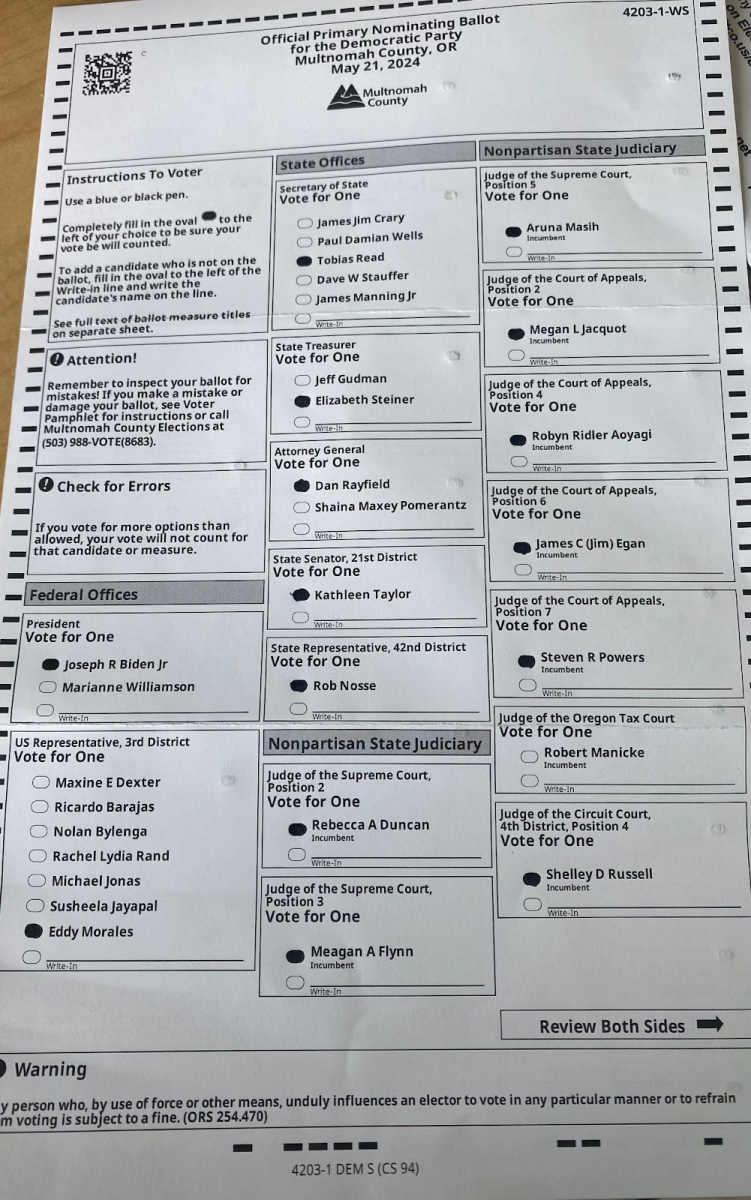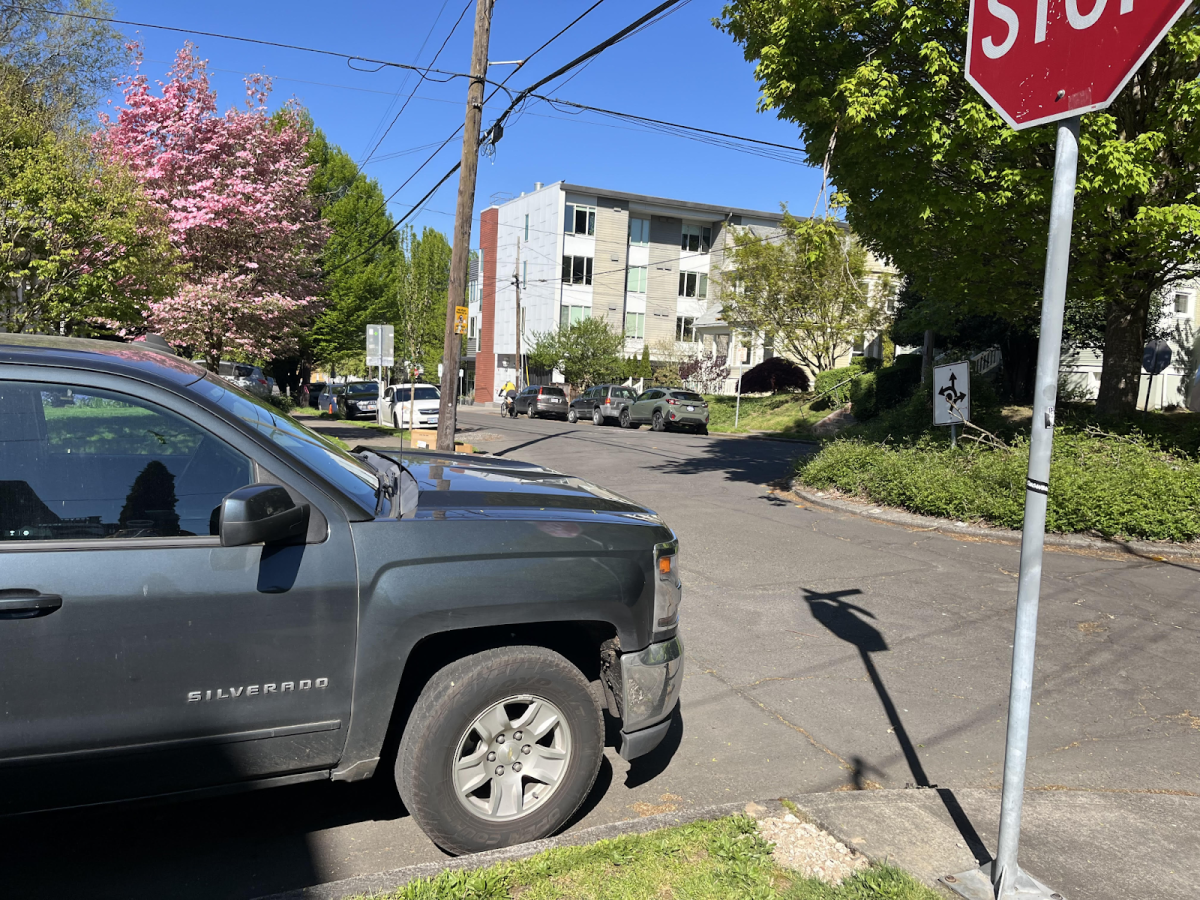
Despite many American youth being too young to cast their own ballots in the recent presidential election, their lives are beginning to change as President Trump continues to sign dozens of executive orders since his inauguration. These executive orders range in issue and impact, but each is working to reshape America’s federal government into Trump’s new vision for the country.
Executive orders are enshrined in the Constitution and are used by the president to implement and enforce established laws. It is important to note, however, that these orders are not laws in themselves and cannot override federal statutes. As such, if an order is believed to go against current American laws, it is subject to judicial review in the courts. As of Feb. 18, there have been more than 75 lawsuits filed against Trump’s recent executive orders, according to the Washington Post.
Trump has called for reforms to take place, particularly within public K-12 schools. These changes are laid out in the executive order signed on Jan. 29, “Ending Radical Indoctrination in K-12 Schooling.” In this order, Trump lays out the guidelines he has for all K-12 schools that receive federal funds, threatening the removal of said funds if schools fail to comply.
More specifically, the order calls for school curriculums to remove all traces of “discriminatory equity ideology” and “gender ideology.” Trump is actively shifting away from allowing “radical, anti-American” ideologies to be taught in schools in order to allow for a “patriotic education” to be embedded into school curriculums. Trump explains that this type of education focuses on the nobleness of America’s founding characteristics and a celebration of America’s greatness and history.
The executive order establishes that “discriminatory equity ideology” is any “ideology that treats individuals as members of preferred or disfavored groups, rather than as individuals, and minimizes agency, merit, and capability in favor of immoral generalizations.” When it comes to removing “discriminatory equity ideology,” this would look like eradicating discussions in classrooms that surround how a person’s race, sex, or national origin may influence how they exist in American society and interact with those around them.
However, this order starkly contrasts with Franklin’s values of increasing discussions of race and equity within classrooms. Yoshio Drescher, an instructional coach at Franklin, discusses how through equity-focused staff meetings, Franklin’s Climate and Equity Team has worked with teachers on how they can utilize “culturally responsive instructional practices” in their classrooms. Both in these meetings and through offering one-on-one support, Drescher works with teachers to help center race and equity in curriculums.
While the immediate impact of Trump’s calls to rewire K-12 schools’ curricula is still unclear, Franklin Principal Dr. Zulema Naegele and Vice Principal Amy Gervais explain that the school’s administration “will not guide teachers to modify curriculums to align with the executive orders.” They elaborate, stating, “We believe in anti-racist and culturally responsive curriculum.”
When it comes to removing “gender ideology” from schools, Trump’s order disallows schools to permit trans students to “social transition.” This process, Trump explains, would prohibit actions taken by schools to modify a student’s name or pronouns, to allow a student to call themselves nonbinary, to permit a student to participate in school extracurriculars designated for the opposite sex, to allow them to use bathrooms or locker rooms meant for the opposite sex, or to provide counseling or treatment by a school counselor or other provider.
The 2024-2025 Oregon School Activities Association’s (OSAA) Handbook describes their policy for gender identity participation: “The OSAA endeavors to allow students to participate for the athletic or activity program of their consistently asserted gender identity while providing a fair and safe environment for all students.” During the registration process, OSAA works with the athlete’s school to determine a student’s eligibility to enroll on the team that aligns with their gender identity.
Portland Public Schools (PPS) has released multiple statements reinforcing the district’s continued goals to support and affirm LGBTQ+ students. PPS Superintendent Dr. Kimberlee Amstrong promises, “We are committed to fostering a culture of inclusion and empathy where everyone feels empowered to be who they are without fear of judgment or discrimination.”
Further, in a statement released by PPS on Jan. 21, 2025, PPS highlights that the “Transgender, Nonbinary, and Gender Expansive Administrative Directive” will protect the right for students to use their preferred names and pronouns as well as access the restrooms and locker rooms aligned with their gender identities. The statement also proclaims: “Any staff member who violates a student’s right to confidentiality or engages in transphobic behavior (e.g. refusing to use the correct name and pronouns) may be subject to disciplinary action.”
Naegele and Gervais explain that “Creating a safe and secure environment for our racially and gender diverse students is [their] top priority, especially during this political climate.”
As PPS stands firm in its policies to support the diverse populations of students at Franklin, there is the threat that the district may face federal funding cuts for not complying with this recent executive order. According to PPS’ report of the 2024-25 Adopted Budget, 2.9% of their total funds come through revenue from federal sources. While this may be a small percentage of the district’s funding, considering the billion-dollar total budget, PPS will be forced to adapt to the loss of these funds if they are cut.
Along with orders impacting trans youth’s experiences in schools, Trump has signed an order aiming to limit trans youth’s access to gender-affirming medical care. The order, “Protecting Children From Chemical and Surgical Mutilation,” would effectively cut federal funding to any medical schools, hospitals, or other healthcare providers who continue to provide gender transition care to individuals under the age of 19.
This order was taken up in court and has been temporarily blocked by a federal judge. The temporary block will prevent the executive order from presently going into effect; however, Dr. Miriam Abelson — an associate professor of Women, Gender and Sexuality Studies at Portland State University who researches the experience of LGBTQ+ youth — emphasizes that, even if they are blocked in courts, orders like this one can still have detrimental effects to LGBTQ+ individuals.
“The biggest danger to trans youth is challenges to their mental health,” Abelson explains. Atmospheres that promote negative ideas around trans-identities, according to Abelson, further instill a climate of fear in LGBTQ+ communities. In contrast, Abelson cites that various research has shown “when [trans individuals are] able to access health care, it has very positive outcomes for [their] mental health”
Both in Oregon and across the country, Abelson emphasizes the importance of community support for LGBTQ+ individuals at this time. She also reminds trans individuals that “trans healthcare came from trans communities in the beginning, and to look for those trans communities to continue that healthcare going forward.”
Another one of the day-one changes signed by Trump was the rescinding of the Biden administration’s policy which prevented U.S. Immigration and Customs Enforcement (ICE) from taking enforcement actions in “protected” locations. These include churches, hospitals, and schools; however, this still does not mean that ICE will be able to enter schools whenever they want. Instead, Juliet Stumpf, a professor at Lewis and Clark Law School who instructs on immigration law, explains, “ICE can only go into areas [of schools] open to the public, often the main office, unless they have a warrant from a judge.”
The requirement for ICE to get a warrant from a judge, Stumpf explains, will require the organization to “meet a legal standard and provide information that … this legal standard is met.” This legal standard looks like providing a judge with adequate evidence that someone inside the school has undocumented status.
The Oregon Sanctuary Promise Act enshrines Oregon as a Sanctuary state. Therefore, according to the Oregon Department of Justice, “It is against Oregon law for state and local law enforcement or public agencies … in the state of Oregon to participate directly or indirectly in immigration enforcement without a judicial warrant.”
In a slide show shared by Naegele being used to inform the Franklin community on their rights surrounding immigration law, it is explained that PPS will uphold Oregon law and not work with ICE in any way to share a student’s information, ask for or record a student’s immigration status, or allow ICE to enter school without a court order. Along with this, Naegele and Gervais explain that information has been shared with staff “on what to do if an ICE agent visits the school.”
As the Trump administration continues to sign and enforce executive orders, their complete impact on the individual lives of people living in America is still unclear. At Franklin, Naegele, Gervais, and Drescher explain that school leaders like them are motivated to support every student alongside or despite executive orders. Drescher promises, “As hard as the Trump administration might be fighting, we’re gonna fight just as hard … And, unlike President Trump, in four years they might go away, but we’re not [going] anywhere.”


































